-
Posts
16 -
Joined
-
Last visited
Content Type
Profiles
Forums
Developer Articles
KSP2 Release Notes
Posts posted by Elouda
-
-
23 hours ago, TaxiService said:
How did you fix the 1.8.9v FlightComputer.cs? The line 376 of 1.8.7v is shifted by later code changes and I would like to know where you commented out in the 1.8.9 codebase.
Also, I want to test the combination of RO and RT since you confirmed 5ardaukar's suspicion. Do you know where can I find latest Realism Overhual version for KSP 1.3.1? All I can see is RO v11 for KSP 1.2.2. If not, I go download and recompile for 1.3.1.
Thanks.
I downloaded the develop branch from https://github.com/RemoteTechnologiesGroup/RemoteTech/archive/develop.zip
The line seems to be moved to 373 on that, my bad. That is what I commented out and recompiled (this is all locally, not on git).
Latest RO for 1.3.1 is at https://github.com/KSP-RO/RealismOverhaul/tree/dev
I am also using RP-1 (dev branch of RP-0) and RSS and dependencies. I can upload and PM you a gamedata folder if this will help.
EDIT: Also, it seems turning signal delay off solves it on the official builds.
-
On 2/3/2018 at 8:54 AM, TaxiService said:
Thanks for your log and screenshots.
I unsuccessfully tried to reproduce this issue on my side with RT only. On launch clamps, the control is always remote control. In another scenario of a probe rocket with manned pod attached to get the local control in first place, my engine never got shut down upon releasing clamps and then dropping pod.
Can you try again with a stock engine instead? I am wondering if another mod or modded part is messing with throttle control.
I have this same issue present with RT 1.8.9 or 1.8.8, but not with 1.8.7. It seems to be an issue when using Realism Overhaul (possibly also with other mods that limit engine ignitions?), because it seems that after 1.8.7, RT will briefly zero the throttle when staging launch clamps, which is causing resulting in the need for an extra ignition, and subsequent failure when this isnt available.
Interestingly if the RT flightcomputer has a 'burn' running when the clamps are released, this does not happen. Also, cancelling the burn on the flight computer will also kill the engine (again due to ignitions) even if throttle is left at max (even when clamps were not involved at all).
Happy to provide more details to help track this down if needed.
EDIT: Problem would seem to be connected the changes made to FlightComputer/FlightComputer.cs on Aug 11, 2017 to fix issue #734. Commenting out line 376 and recompiling 1.8.9 seems to resolve the issue for me.
-
20 hours ago, DMagic said:
@Elouda Let me know if it works. That's the only thing that I know of right now that would interrupt the contract loading process.
Removing the RSS Date Formatter seems to have solved it. Thanks for the help.
-
I do indeed. Will try removing it later today to see if that fixes the issue and report back. Thanks!
-
Also having the dissappearing contracts bug. I am running a fairly modded RSS install, so not sure as to the exact cause. Some contracts like the early 'Reach Orbit' one show up fine, but the last 2 satellite ones did not show up at all. Happy to provide logs or other things if someone can point me as to which are useful.
-
Very nice. I was considering doing this myself as I liked the 3.7x rescale, but not the rearrangement, but this saves me a lot of work!
One minor bug, KSCSwitcher has DefaultSite = KSA, but the only site available is tagged as KSC. Might not cause any noticable issues, just noticed it and thought I would mention it.
-
This seems to be working alright with the new RSS, only issue is that the tracking station can be hard to click on in some of the alternate launch sites.
-
Finally, regarding cache: if you delete cache, expect 20-40 minutes rebuilding. That's why I ship cached meshes with this, so you get fast load times. Don't assume RSS has frozen, if you are rebuilding cache, it takes ATM-level lengths of time. :]
Thanks for clearing that up - I actually just realized this myself by looking at the log and noticing it had moved on to Eve.
-
I get the same issue (if I delete the cache) on Moho, except on the 'Wrapping Mesh' portion. Thankfully it works fine with the included cache files.
EDIT: Memory usage is 2.1GB, this is literally just stock + RSS.
-
Is the other electric propellers working? Is the KAX turboprop working?
None of the other electrics were working, apart from the electric helo rotor. The other KAX parts were - this is why it was so mystifying.
Moving the AJEPropeller module into the part file itself fixed it.
However, the latest patch seems to have fixed this and they work via the modulemanager files now.
-
The changes in ElectricPropellers.cfg don't seem to be applying to the KAX and Firespitter electric engines. Any idea why this might be? They show as being applied in the log, but in game neither the name nor the behaviour is changed.
Here is the MM code I'm trying to use.
@PART[KAXelectricprop]
{
@title=AJE e50 Electric Propeller Engine
@description= 300 horsepower low-speed propeller
@mass = 0.1
MODULE
{
name=AJEPropeller
IspMultiplier = 1
useOxygen = false
r0 = 4
v0 = 120
omega0 = 600
rho0 = 0.8
power0 = 300
fine = 0.1
coarse = 10
omega = 600
power = 300
gearratio = 1
turbo = 1
BSFC = 4.5e-5
}
!MODULE[FSpropellerAtmosphericNerf]{}
} -
Hi, I mentioned this in the RealFuels thread and was directed here, as it apparently ties into changes made to the RF code to support ProceduralParts.
This was my original post;
Im using the latest version of RealFuels (from the repository, as I'm using it with Procedural Parts), and the following is happening;
When I place a 'Size2LFB' (The NASA combined Tank+Engine), the game will set dry mass as if it was a tank, without accounting for engine mass. When I toggle the techlevel for the engine, it will update the mass correctly in the ActionGroup window and for VOID, MJ, etc., but not on the right-click window for the part itself. As soon as I change the fuel, the mass of the engine 'vanishes' again (even from VOID, etc. calculations) until I change the techlevels again.
Interestingly, this does not happen with RF 5.3, but I'm wary of using that with PP since I do not know if its compatible with PP. I've been trying to look at the source for both to figure out whats going on (its probably in ModularFuelTanks.cs), but the file has been rewritten so much that with my limited experience with C# I can't seem to find the issue.
For now I'm just not using them, but just thought I'd point this out incase anyone else hasn't noticed it yet.
Note: I actually just remembered that the same was happening with the pods when I tried to add a ModularTank to them for RCS use - the rest of the pods mass would 'vanish'. I was using the ModuleManager files from RO as an example of how to add them.
I should note that this also happens with the RealFuels.dll you provide in this thread, which I believe is the same as the current repository state?
NathanKell suggested it might be due to the changes not respecting the 'basemass' variable and overriding it, as even when I have basemass = -1 set on parts where I want them to retain their original mass it seems to get override by tank dry mass.
-
Elouda: Sounds like basemass was not set to -1 in the MODULE. Do so, and the part's dry mass will not be touched. What do you mean by "right click window on the part itself"? Of course any changes won't get applied to what's in the Editor Parts List; that's a different object (the original prefab part) than what you placed on your craft and changed.
However, if behavior changes between RF v5.3 and swamp_ig's changes, you might want to PM him or post on the PP thread.
If those configs *do* have basemass=-1, sounds like swamp_ig broke the "override basemass" feature

Thanks for the reply.
This is the MM code for the tank portion of the part;
@PART[Size2LFB]
{
//!RESOURCE[LiquidFuel] {}
//!RESOURCE[Oxidizer] {}
//!RESOURCE[MonoPropellant] {}
MODULE
{
name = ModuleFuelTanks
volume = 32000
type = Cryogenic
basemass = -1
TANK
{
name = Kerosene
amount = full
maxAmount = 37.694087%
}
TANK
{
name = LiquidOxygen
amount = full
maxAmount = 62.305913%
}
}
}So they do have basemass set to -1, and it does indeed seem to take effect in 5.3 but not in the newer versions. Was not aware that someone else was responsible for those changes, so will go mention this there too.
With 'right-click menu' I mean the popup one you get when you right-click something thats been placed in the VAB, which for RealFuels shows part volume, mix, dry and wet mass, etc.
-
Im using the latest version of RealFuels (from the repository, as I'm using it with Procedural Parts), and the following is happening;
When I place a 'Size2LFB' (The NASA combined Tank+Engine), the game will set dry mass as if it was a tank, without accounting for engine mass. When I toggle the techlevel for the engine, it will update the mass correctly in the ActionGroup window and for VOID, MJ, etc., but not on the right-click window for the part itself. As soon as I change the fuel, the mass of the engine 'vanishes' again (even from VOID, etc. calculations) until I change the techlevels again.
Interestingly, this does not happen with RF 5.3, but I'm wary of using that with PP since I do not know if its compatible with PP. I've been trying to look at the source for both to figure out whats going on (its probably in ModularFuelTanks.cs), but the file has been rewritten so much that with my limited experience with C# I can't seem to find the issue.
For now I'm just not using them, but just thought I'd point this out incase anyone else hasn't noticed it yet.
Note: I actually just remembered that the same was happening with the pods when I tried to add a ModularTank to them for RCS use - the rest of the pods mass would 'vanish'. I was using the ModuleManager files from RO as an example of how to add them.
-
Excellent!
Any chance of this being extended to allow multiple fuel types depending on engine and tank?



Race Into Space 2020 Mission Report Thread (RSS/RO/RP-1)
in KSP1 Mission Reports
Posted · Edited by Elouda
Greetings Comrades.
For your information, presented here is a summary and some highlights of the operations at Svobodny Cosmodrome for the during the first years of the program. Today we will cover the first 4 programs undertaken at this site.
As some of you may be unfamiliar with this fairly remote location, Svobodny is located in the far east of Russia, in Amur Oblast, at 51.8°N, 128.3°E.
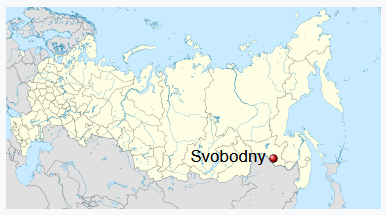
1951 - The Dart
Part of the goal for the Svobodny Aerospace Research Agency was experimentation with high speed flight, and to that end the first project undertaken by our engineers was the design and development of an aircraft which was hoped to be capable of supersonic flight.
Together with the newly founded Myasishchev Experimental Design Bureau, designs for an aircraft to meet these specifications were created. Designated the M-5, the aircraft gained the nickname of Drotik (Dart).
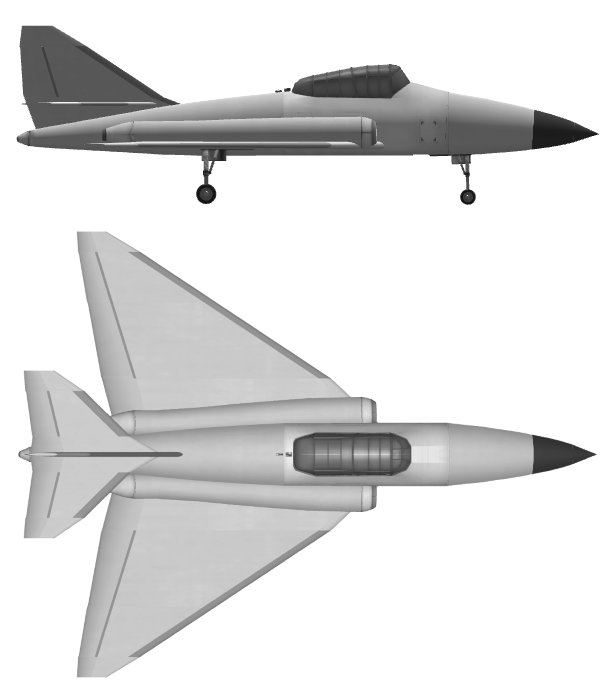
Empty Weight - 3370kg
Loaded Weight - 4450kg
Max TWR - 0.94
Maximum Range - 1400km
The first flight of the M-5 took place on the 15th of March, 1951, and was intended as a short duration flight test for the aircraft.
M-5 Drotik on the Runway shortly before takeoff
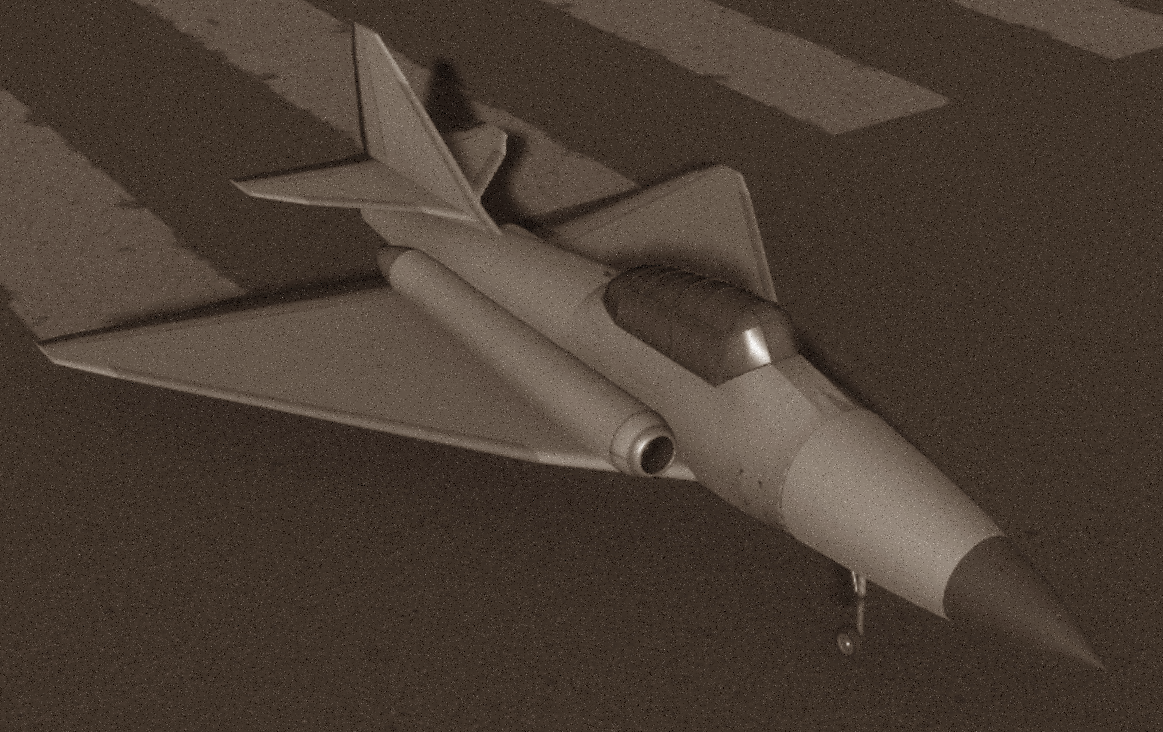
Performing low altitude maneuvering tests

The pilot for this first flight was Senior Lt. Valeriya Tsvetnova, who flew transport aircraft during the Great Patriotic War, and one of the two pilots assigned to the program here at Svobodny. After a series of flight tests within close proximity to the Cosmodrome to ensure the aircraft was performing as expected, the flight and aircraft were considered a success.
The second, and more significant flight took place the following day, with Lt. Olga Kolosova as pilot. This flight would attempt to test the aircrafts ability to break the sound barrier, along with high altitude performance.
The performance of the aircraft was better than expected, and with a reduced fuel load it was capable of accelerating in a 40 degree climb from sea level, and attaining 377m/s speed over ground at 10-11km, and a ceiling of 16km.
M-5 in a Mach 1.22 powered dive from 12km
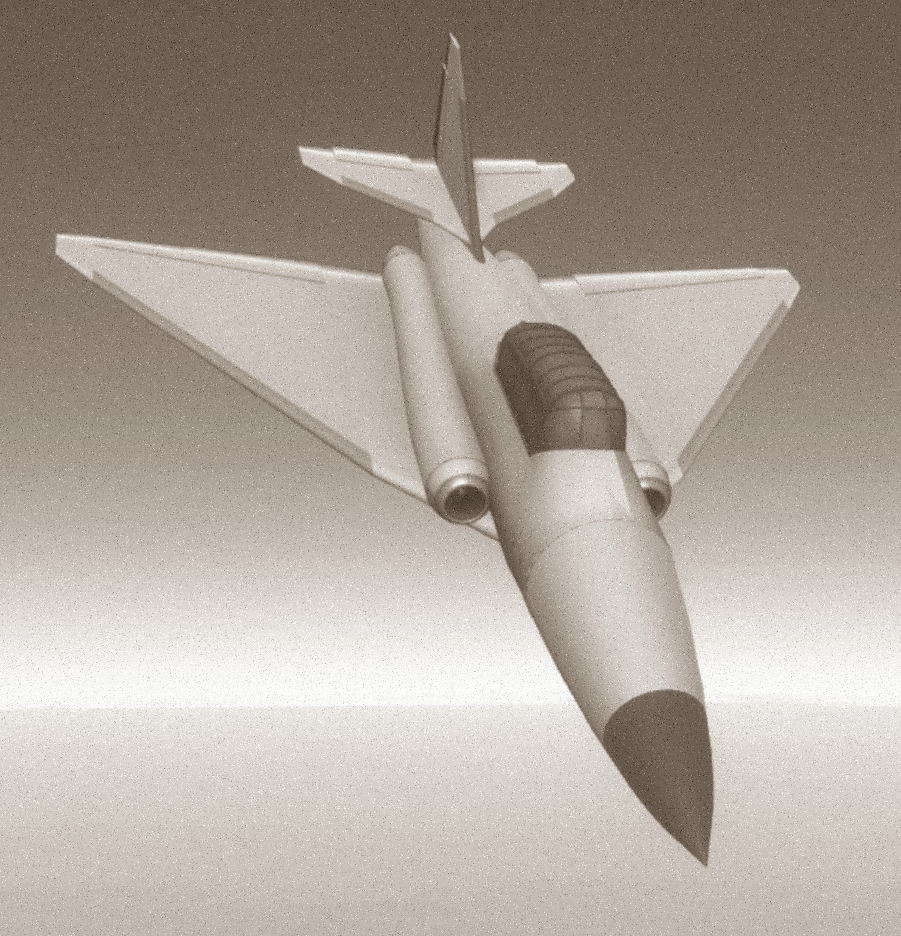
In total, the M-5 would go on to fly a total of 4 more missions, including long range cruises for scientific study, before being transferred to another agency. Considerations were made to keep the vehicle around as a trainer for new pilots, but due to the manpower and budget constraits facing the agency, it was deemed unfeasible.
1951/52 - Flight of the Sparrows
As flight testing on the M-5 was underway, the first rocket designs were being drawn up at Svobodny.
The first rockets to be built were designed to launch small sounding and scientific payloads in the upper parts of the atmosphere, and hopefully beyond. The first design, designated Izdeliye 2-1, was the first of this family, which would be launched under a program known as Vorobey (Sparrow).
Built around a central core powered by 3 RB-5A engines with a total of 22.5kN of thrust, and with a pair of small solid rocket boosters attached to provide initial speed, the design was expected to reach altitudes of over 140km.
Vorobey I on the pad before launch
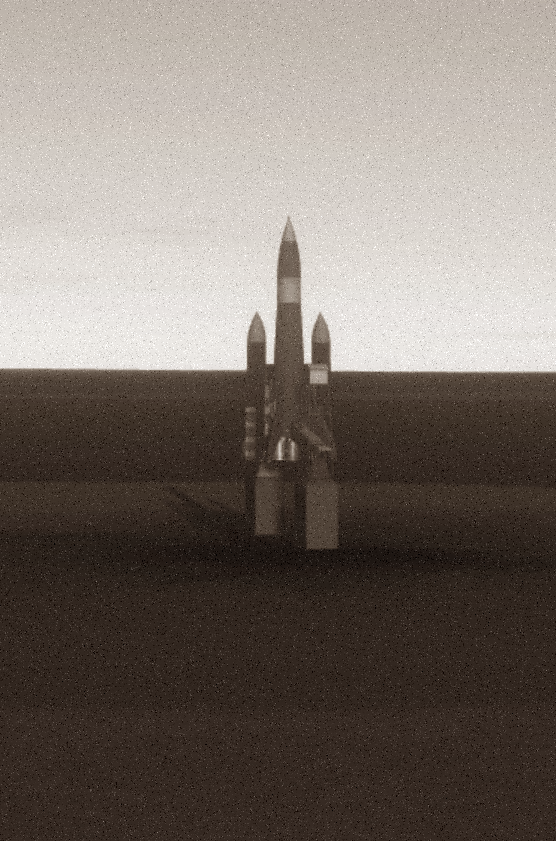
Vorobey was produced in 4 different variants;
Izdeliye 2-1 - Vorobey 'A' - Initial variant, scientific instrumentation
Izdeliye 2-2 - Vorobey 'B' - Same as A, but with biological sample capsule
Izdeliye 2-3 - Vorobey 'C' - Engines changed to 2 RB-10A (10kN) along with a longer central core. biological sample capsule as with B.
Izdeliye 2-4 - Vorobey 'D' - Final variant, improved RB-10B engine (18kN), but recovery equipment and science equipment removed for sounding payload in the nose.
In total there were 5 flights in the program;
Vorobey I - May 28th 1951 - 'A' Variant - Succesful launch, loss of engine thrust towards end of flight resulted in maximum altitude of only 101km. Successful recovery.
Vorobey II - July 1951 - 'B' Variant - Successful launch, no engine failures. Maximum altitude of over 160km. Successful recovery.
Vorobey III - October 1951 - 'C' Variant - Successful launch, premature shutdown on one engine forcing the other to be shut down. Successful recovery.
Vorobey IV - December 1951 - 'C' Variant - Succesful launch, no failures. Reached over 200km altitude. Successful recovery.
Vorobey V - October 1952 - 'D' Variant - Successful launch, no failures. Vehicle destroyed at over 200km after mission completion.
1951-53 - A larger Dart
Even as the M-5 was recovering from its early test flights, a series of design studies to improve its performance was undetaken by Myasishchev and the engineers at Svobodny. While the aircraft had met its design goals, it was felt that it could be pushed both faster and further.
Designated the M-7, the 'second Dart' was built on a similar airframe with some modifications. The elongated nose and adjustments to the wings reduced the overall drag of the aircraft, while the additional engines doubled available power. Additionally, provisions were made for much larger fuel and electrical storage onboard.

Empty Weight - 4640kg
Loaded Weight - 6140kg
Max TWR - 1.44
Maximum Range - 2300km
Performance was excellent, able to climb at near vertical with reduce fuel loads. At an altitude of 14km, a speed of over 470m/s over ground was sustained (Mach 1.6). At reduced thrust, the aircraft was capable of cruising at Mach 0.95 for almost 2 hours. A series of flights took place during 1951 to 1953, completing high-speed research along with long range scientific flights as far as the Kamchatka peninsula, and deep into Mongolia.
M-7 shortly after takeoff
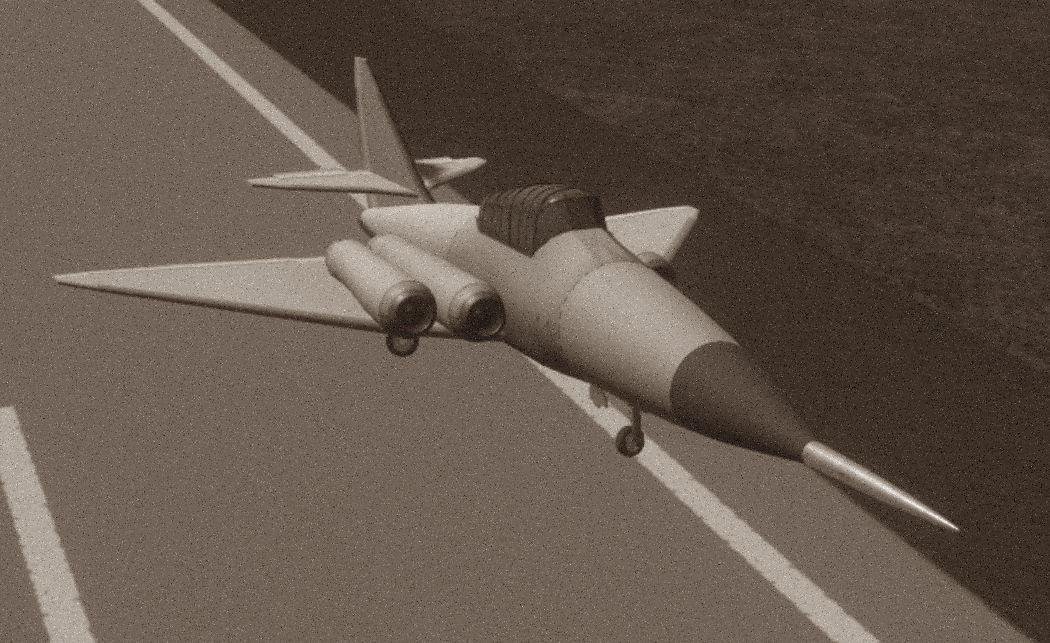
M-7 on final approach
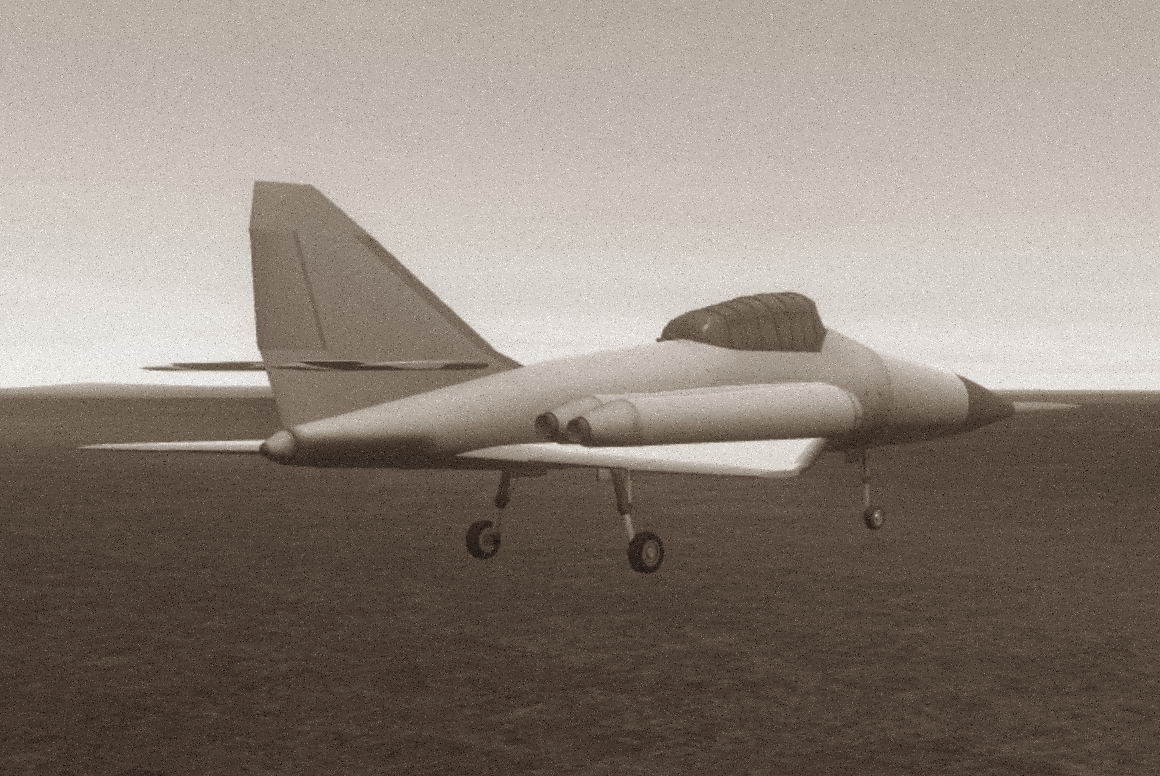
1952/53 - The Crow takes wing (Part 1)
In addition to the atmospheric and biological research that had been taking place, the Agency was tasked to develop a rocket that would be capable of longer range flights. This program would be known as Vorona (Crow).
Izdeliye 4-1 was the first two stage vehicle designed by the Agency. It was designed around a modified version of the Vorobey core as an upper stage, along with an entirely new 1.5m lower stage.
The lower stage is powered by a single RA-400B with 410kN thrust, and has avionics for guidance. The upper stage is powered by a single RB-10B, which is the same 18kN engine that flew on the Vorobey D variant. The upper stage is designer to hotstage about 1-1.5s before the first stage burns out. In a slight design flaw, despite removing the parachutes for recovery from the Vorobey upper stage, the decoupler for the nose portion was still left in the design.
Vorona I launches

The first flight was a complete success, with the vehicle outperforming its design target by almost 40%, reaching an impressive 4200km before breaking up in the upper atmosphere.
While further development and applications for the design were handed off to another part of the government, the Vorona would see continued service with some modifications as a launcher for high altitude camera payloads.
With the upper stage removed and the tank on the lower stage modified slightly, the vehicle would fly another 3 successful missions for the agency. Another improvement was the change to the more powerful RA-400C engine with an uprated thrust of 433kN.
Sadly we were not able to provide images of the later Vorona flights as pictures of the camera equipment was deemed too sensitive for security reasons.
Vorona was produced in 2 different variants;
Izdeliye 4-1 - Vorona 'A' - Two stage, long range variant
Izdeliye 4-2 - Vorona 'B' - Single stage, with recoverable camera payload
In total there were 5 flights in the program;
Vorona I - May 1952 - 'A' Variant - Succesful launch, full burn on both stages. Burnt up downrange after achieving mission target distance.
Vorona II - May 1953 - 'B' Variant - Successful launch, engine suffered performance loss towards the end of the flight. Successful recovery.
Vorona III - May 1953 - 'B' Variant - Successful launch and recovery.
Vorona IV - July 1953 - 'B' Variant - Successful launch and recovery.
A follow up briefing covering the next programs will be due in the near future.